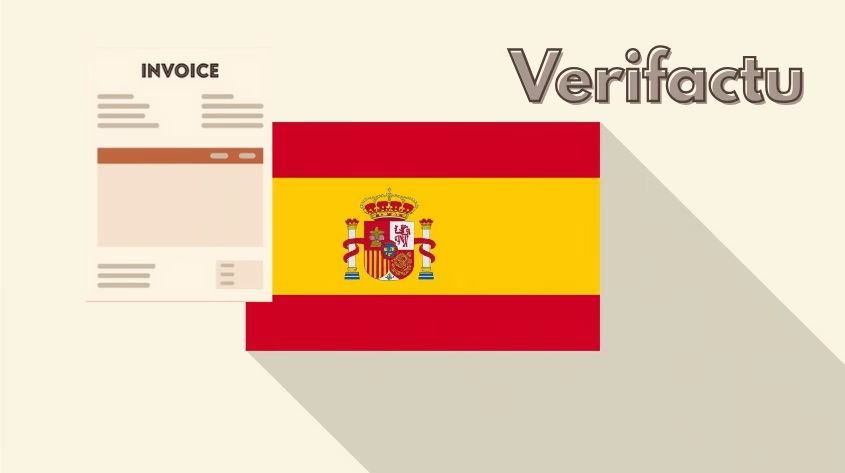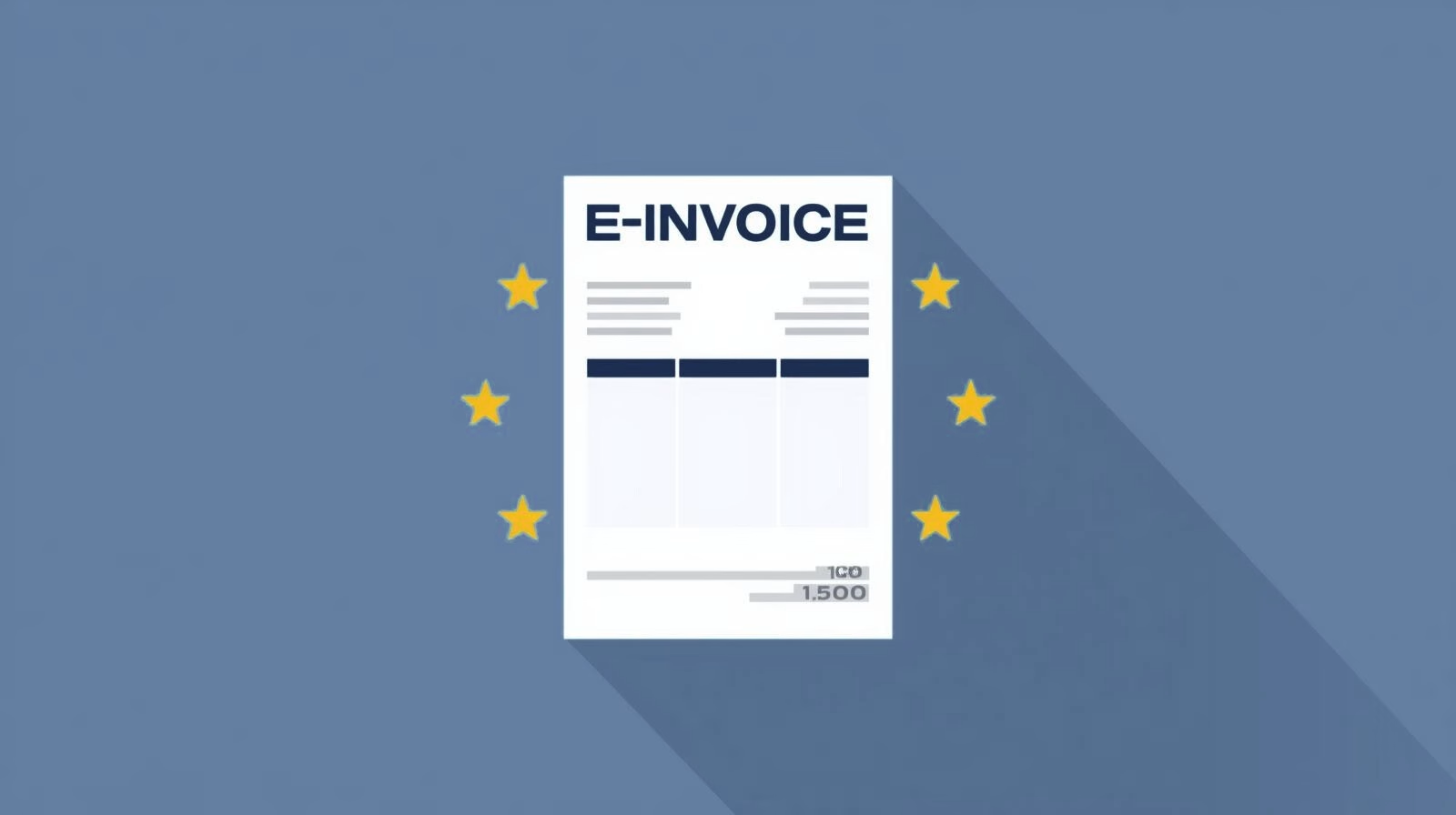the International Financial Reporting Standards (IFRS) are internationally recognised accounting standards for the uniform preparation and presentation of financial reports, which are developed and approved by the International Accounting Standards Board (IASB).

Comprehensible language:
IFRS regulate how companies worldwide should present their financial position - comparable to a standardised language for Annual financial statements. They ensure that financial statements are internationally understandable, comparable and transparent.
Relevant context and area of application in SAP Business One:
SAP Business One supports companies in the parallel mapping of their financial statements in accordance with IFRS and local accounting standards (e.g. HGB or other national GAAP). This is done via a Parallel account modelwhich allows postings to be made simultaneously to local and IFRS-relevant G/L accounts. The software offers:
- Support through manual and automatic journal entries
- Establishment of separate or joint G/L accounts for IFRS and local GAAP
- Use of reference fields and user-defined fields (UDFs) for filtering bookings in reports
- Preparation of specific financial report templates for IFRS financial statements
Basic implementation steps:
A structured analysis is recommended before implementation:
- Identify differences between local GAAP and IFRS
- Determine relevant valuation methods and accounting rules (e.g. for depreciation and amortisation, provisions, inventory valuation)
- Setting up an extended chart of accounts with IFRS-specific G/L accounts
- Creation of corresponding financial report templates for balance sheetincome statement, cash flow statement, etc.
Typical reports for IFRS in SAP Business One:
- balance sheet
- Profit and Loss Account
- cash flow statement
- G/L account reports
- Inventory valuations (e.g. audit reports, valuation method reports)
Differentiation from related terms:
IFRS is not an accounting system, but a regulatory framework. In SAP Business One, IFRS is functionally represented by Parallel accounting implemented. In contrast to local GAAP, IFRS provides internationally applicable regulations - with different measurement standards and higher requirements for transparency and comparability.
Example:
A company recognises a machine in the balance sheet. Under local GAAP, straight-line amortisation is applied over ten years. Under IFRS, on the other hand, an impairment test must be carried out. SAP Business One makes it possible to show these differences through separate G/L accounts and postings.

Verifactu in Spain: the new invoicing obligation

The e-invoicing regulations in Europe

Versino Financial Suite V09.2025 for SAP Business One

Accounting outsourcing: Why it pays off for SMEs

CANDIS for SAP Business One
